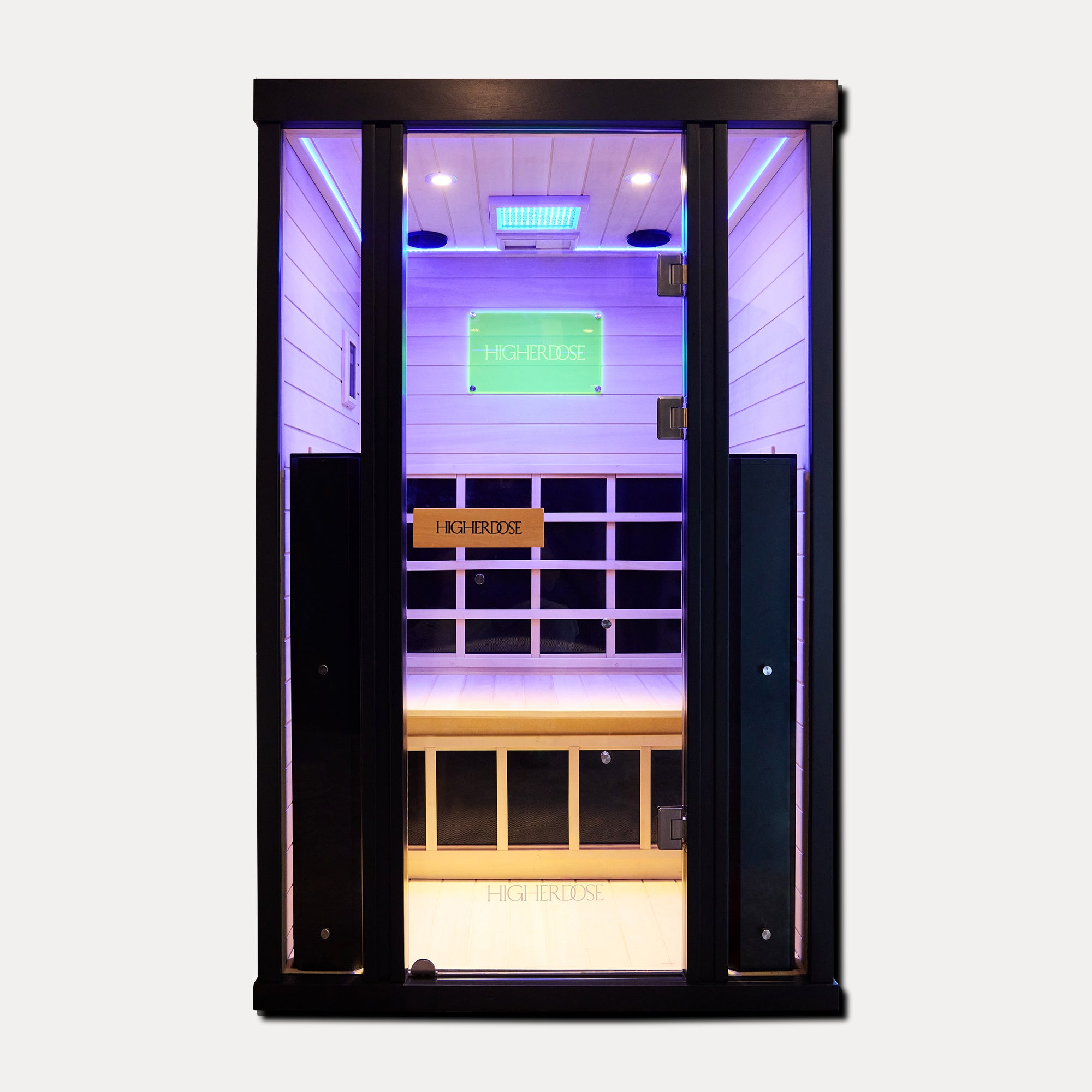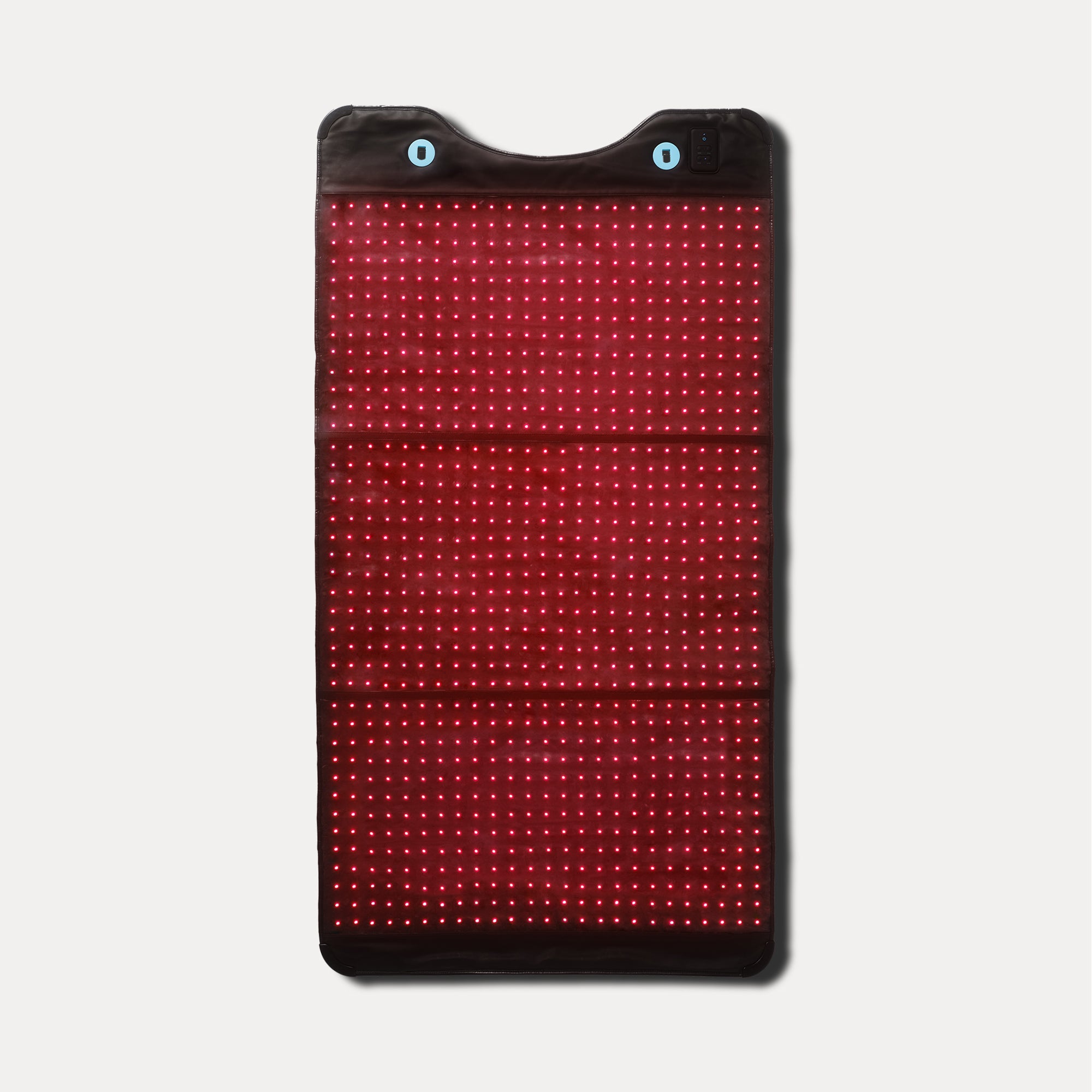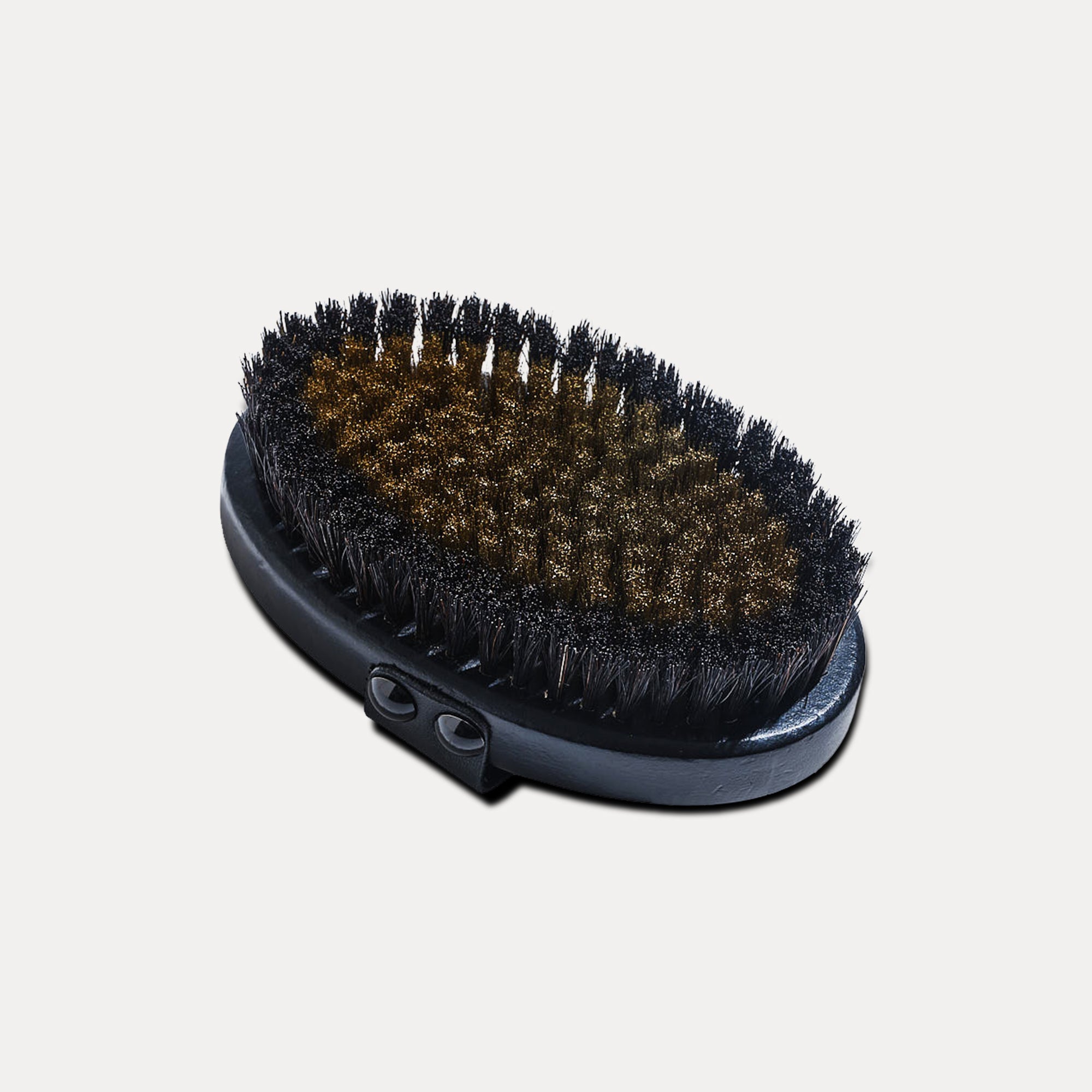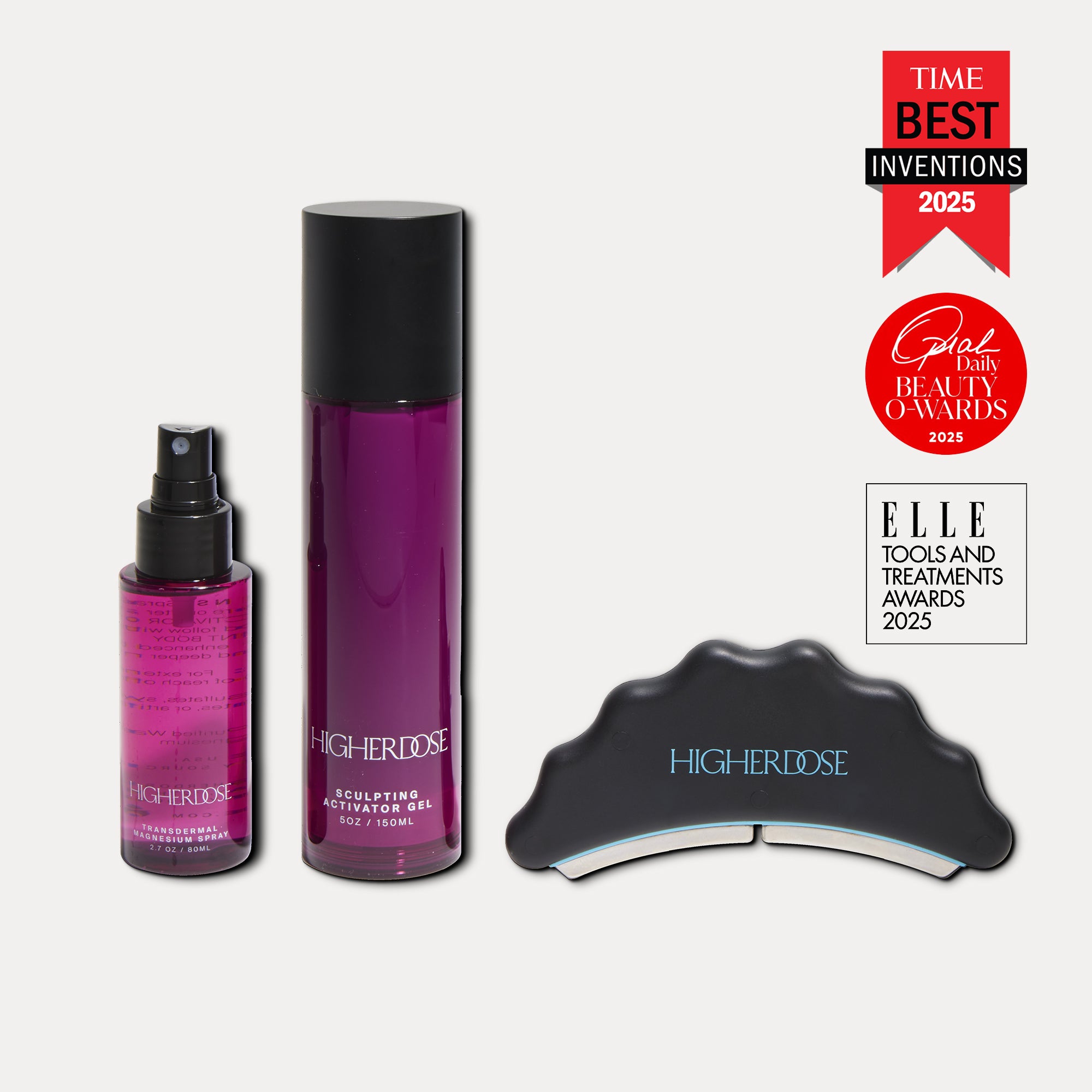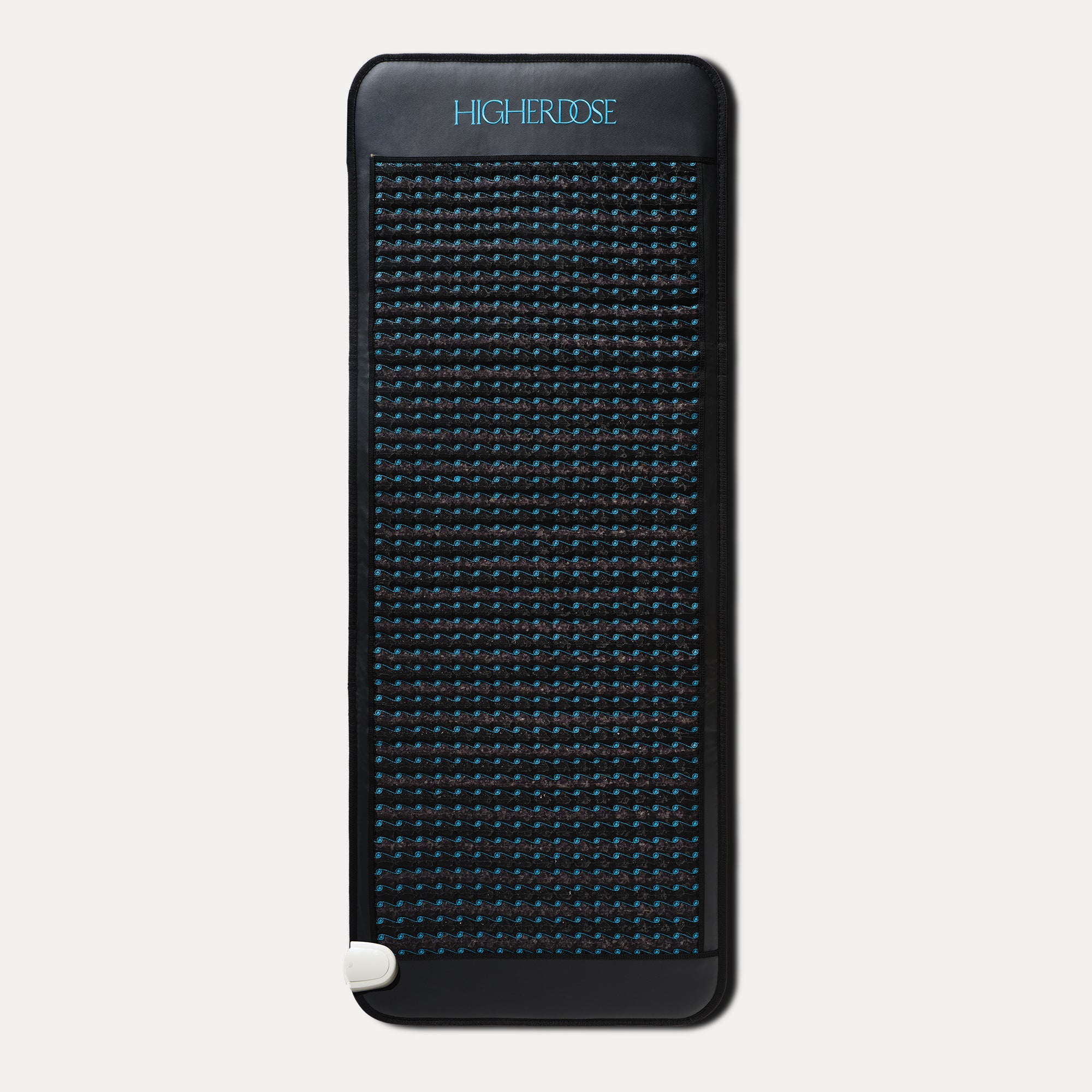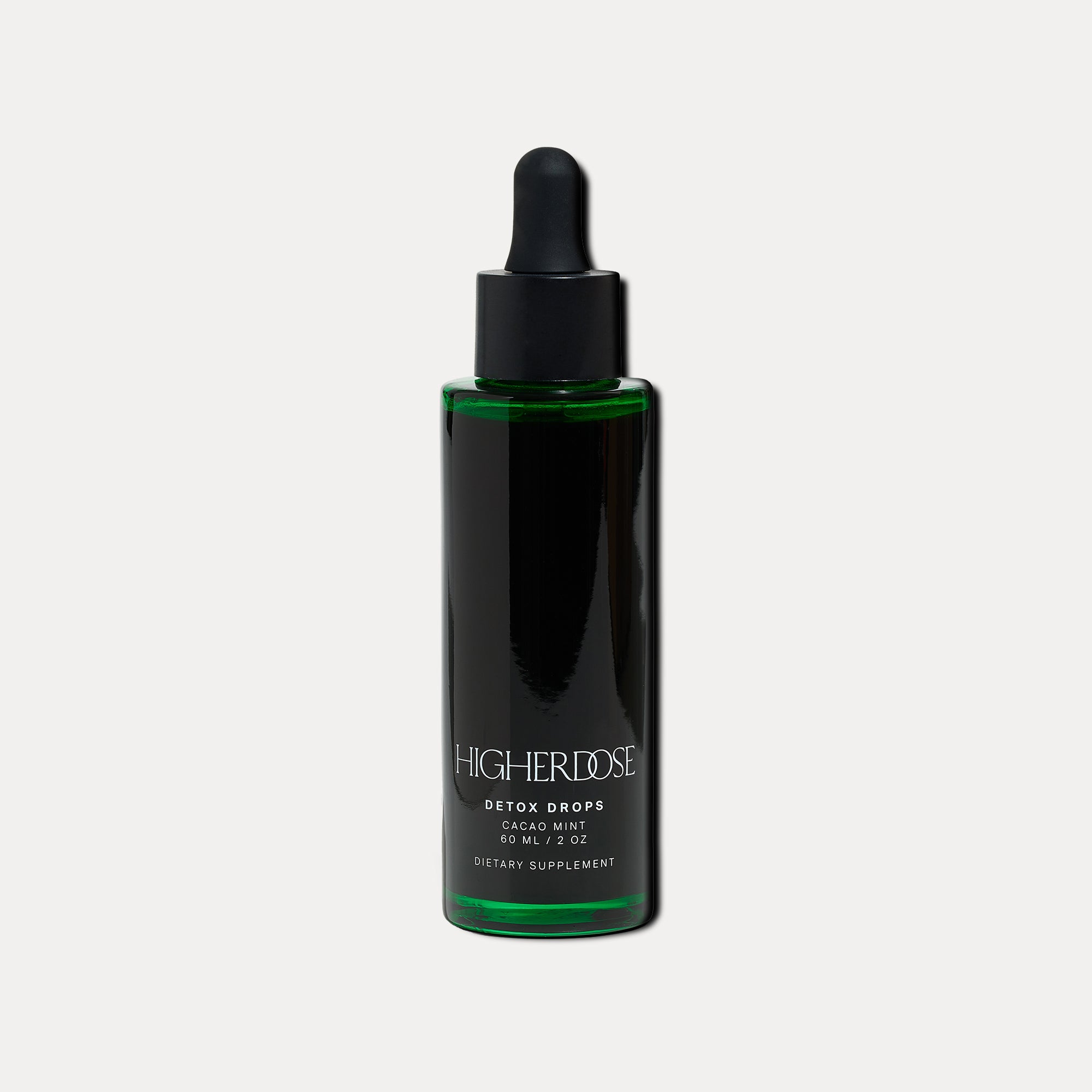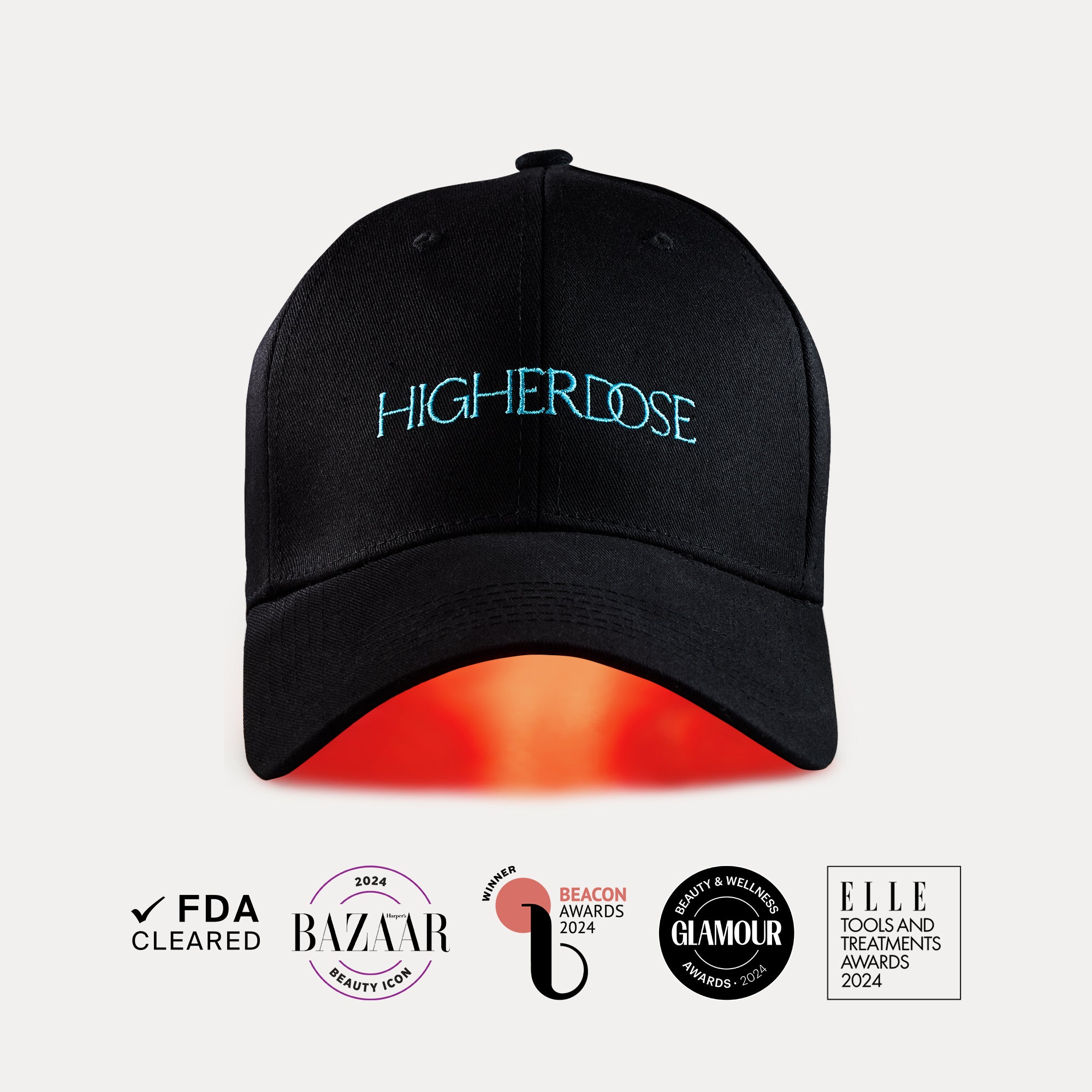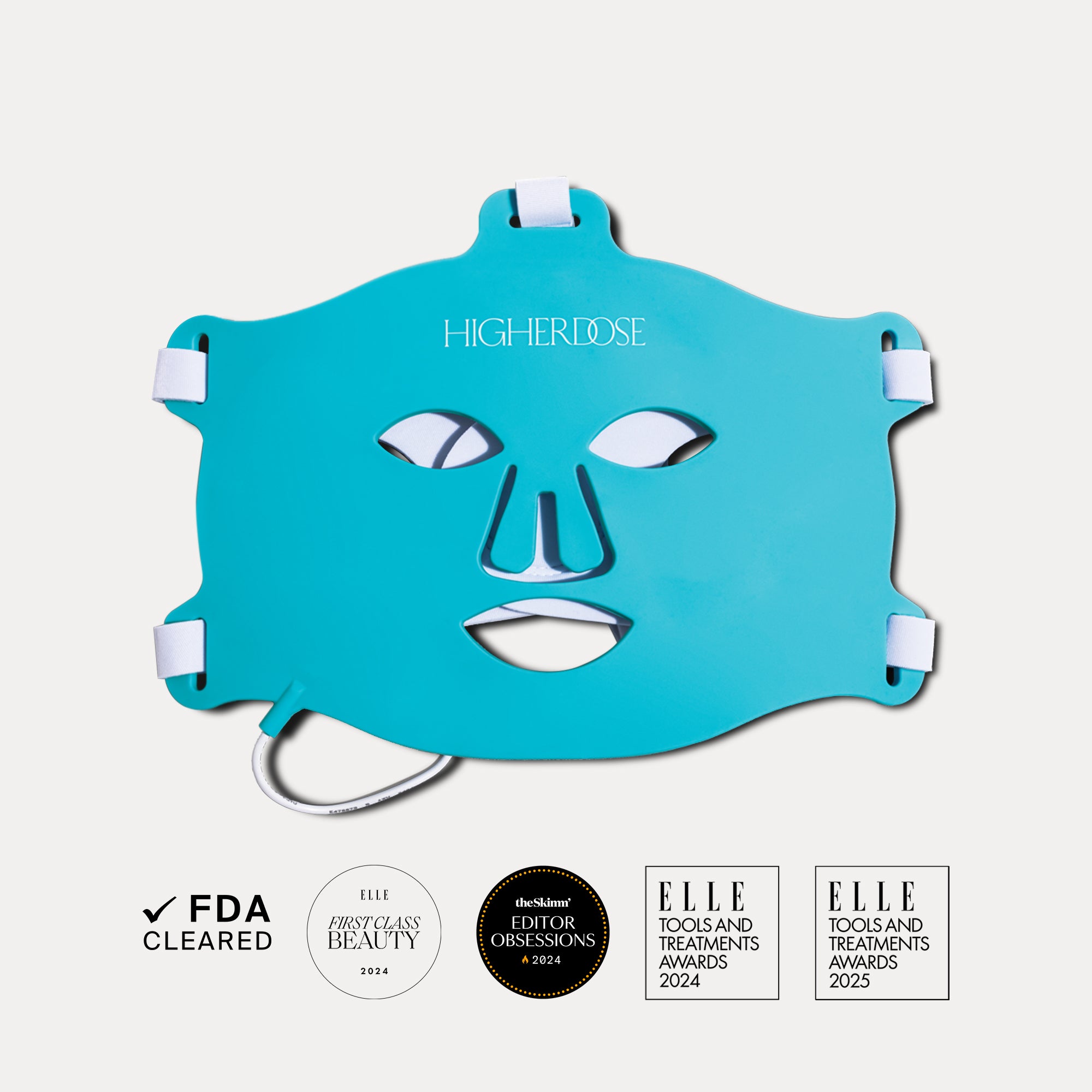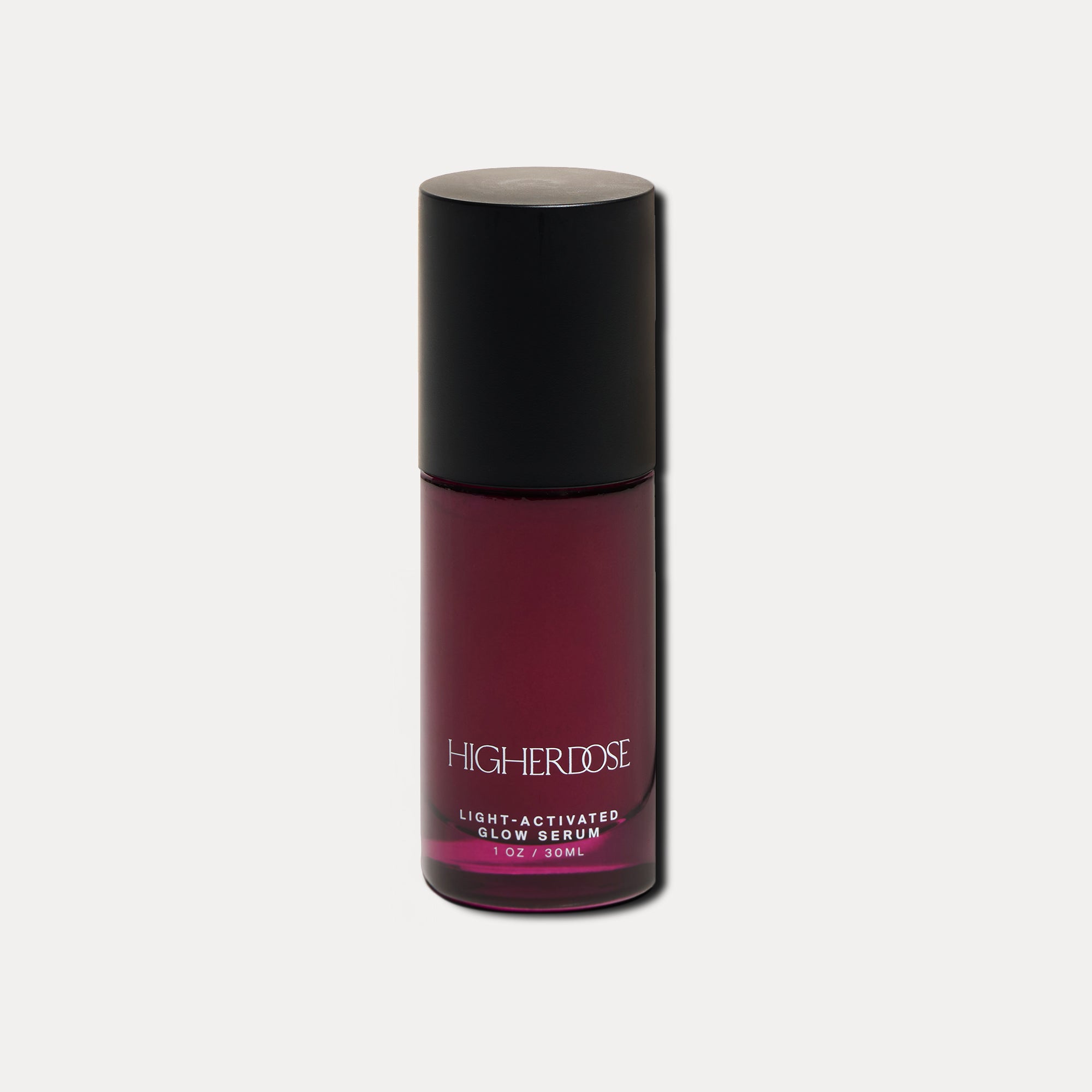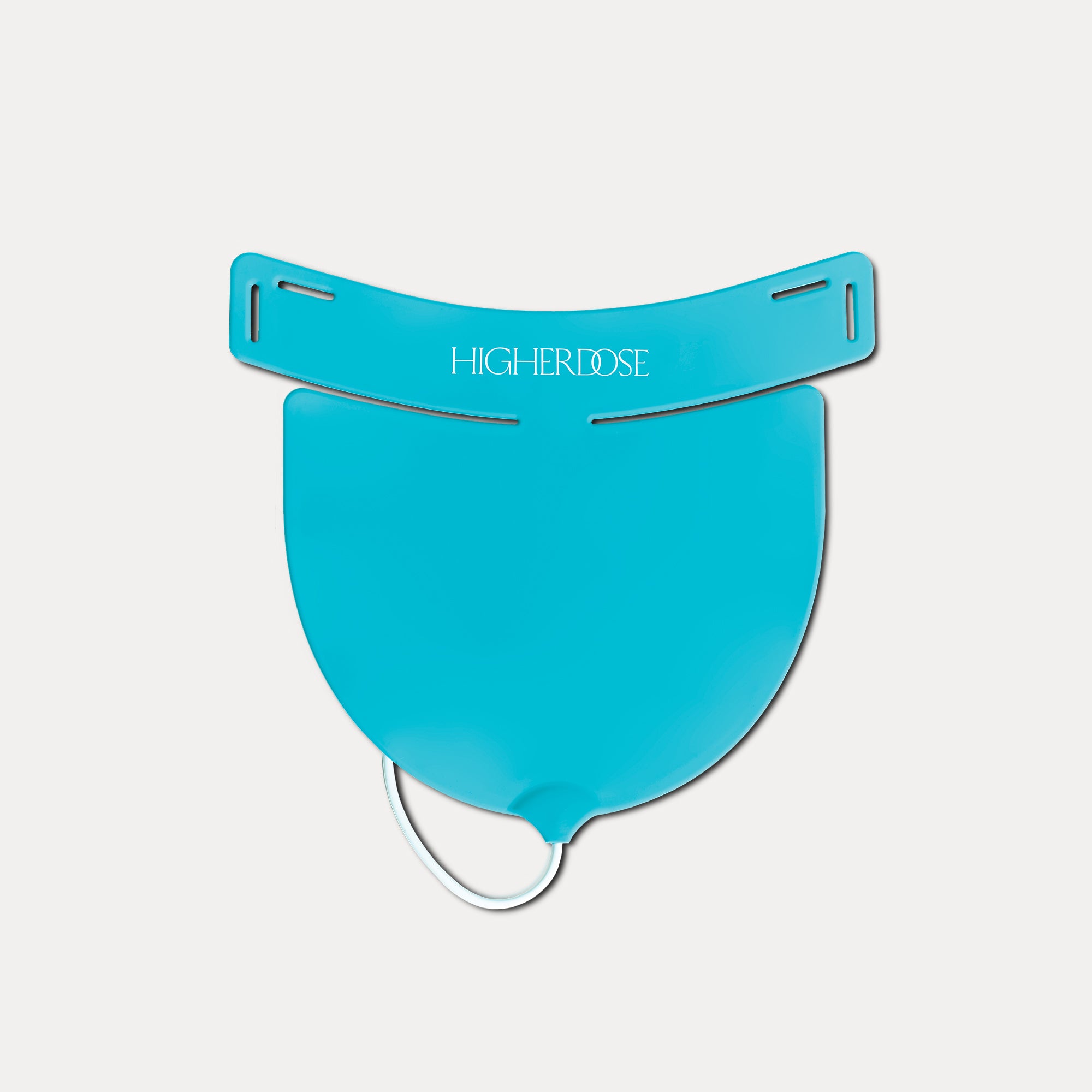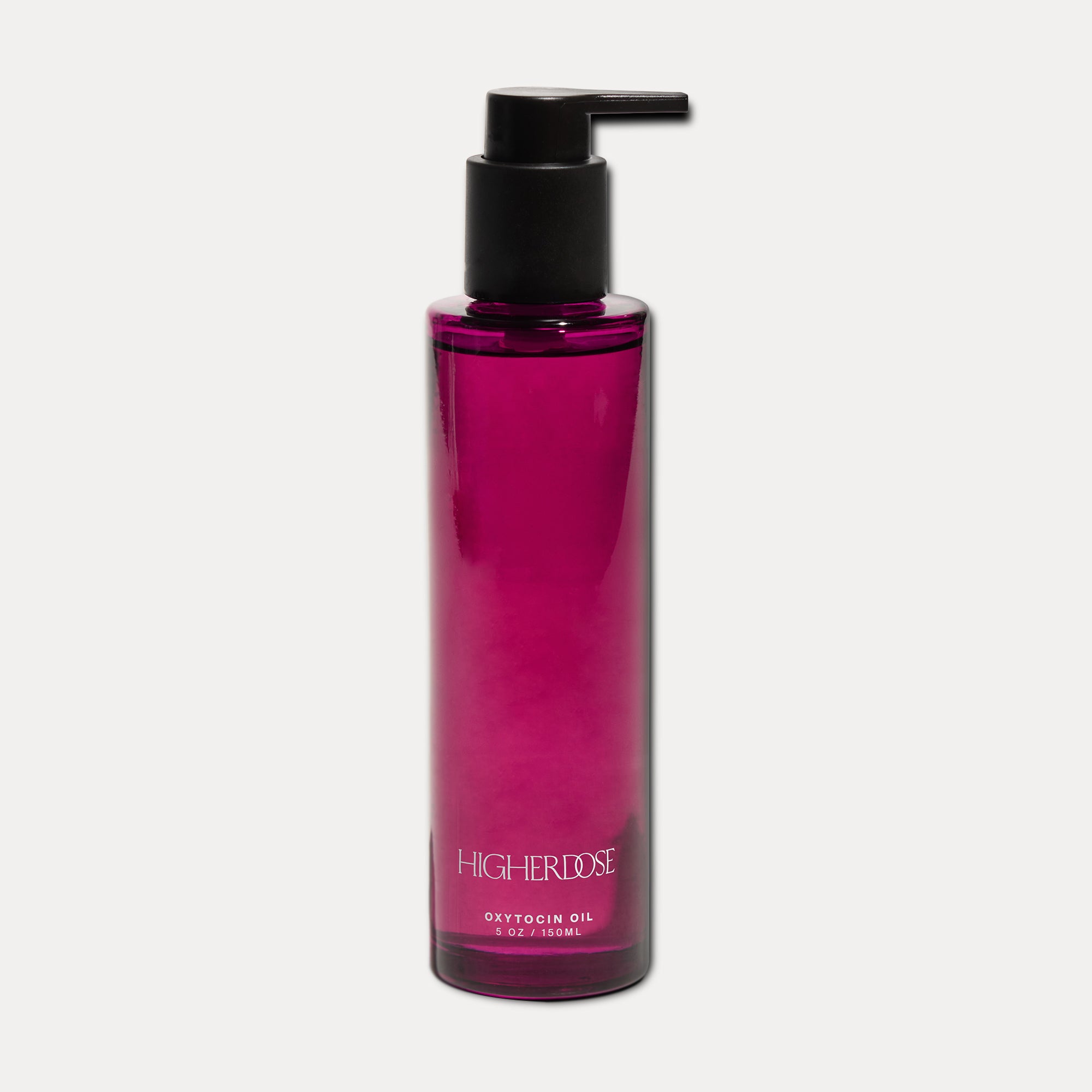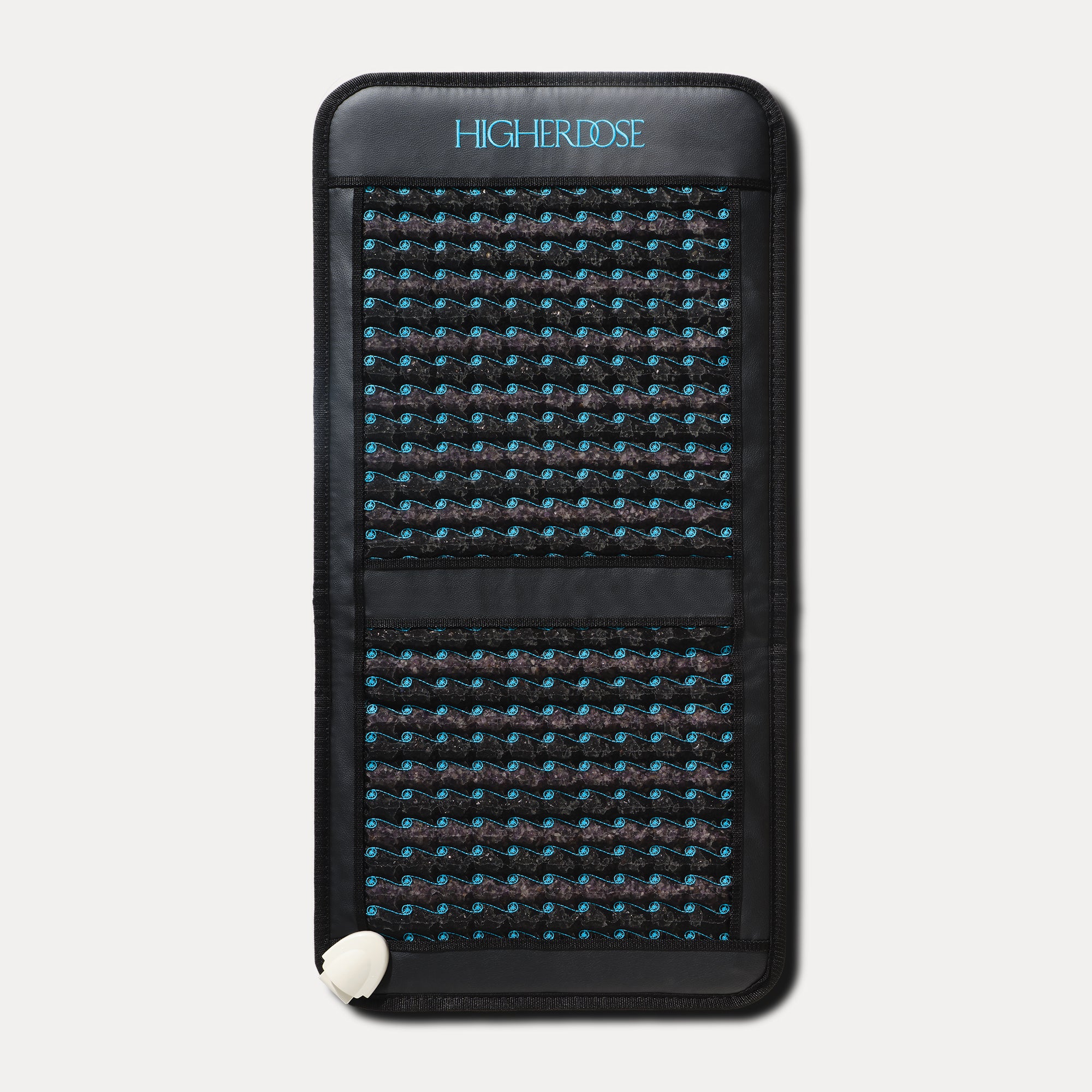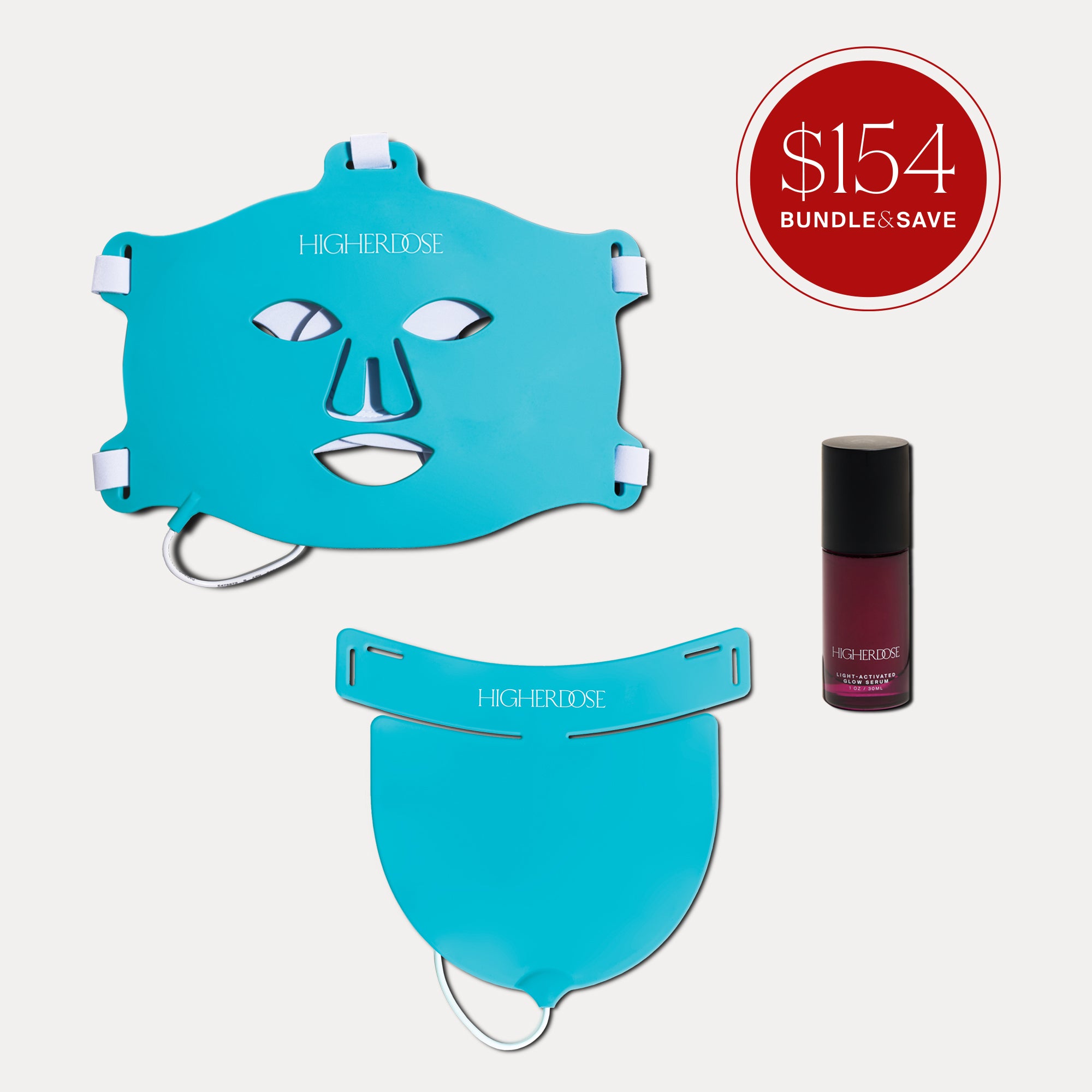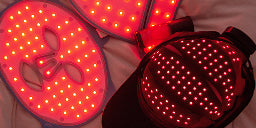
Red Light Therapy for Hair Loss: A Better Treatment Alternative?
Are you among the millions of people struggling with hair loss? Have you tried countless treatments with little to no success? Whoever you are, dealing with thinning hair or bald patches can be frustrating, even embarrassing.
Worse is pinning your hopes on miracle fixes that do nothing but let you—and your hair—down!
Thank goodness that there are a few treatments that do work to promote growth and improve the overall health of your locks. And one of the most promising is red light therapy for hair loss. In this article, we'll explore this cutting-edge innovation that's quickly gaining popularity as a safe and effective alternative to traditional futile solutions to hair woes.
What causes hair loss?
So how does hair loss happen in the first place? Here are a couple of its common causes:
1. Genetics
One common cause of hair loss is genetics. If your family has a history of baldness or thinning hair, you'll likely experience it too. Although genetic hair loss is not completely curable, it's possible to slow down the process with effective treatments like red light therapy for hair loss.
2. Stress
When you're under a ton of stress, your body releases stress hormones like cortisol that damage the stem cells. These special cells in the hair follicle multiply to generate new hair. However, stress hormones can prevent the stem cells from dividing and regenerating, thus inhibiting hair regrowth.
3. Medications
Taking certain meds can lead to two types of hair loss. One is telogen effluvium. Here, the follicles go early into the telogen or resting phase of the hair growth cycle phase (when hair falls off). As a result, you may shed 30% to 70% more than the usual range of 100 to 150 strands daily. The second type of hair loss is anagen effluvium. During the anagen phase, your hair is supposed to be growing actively. But instead, the medications you’re ingesting are impairing matrix cells, which are in charge of producing new hair.
4. Diet
Finally, poor nutrition can impact hair structure and impede hair growth, resulting in acute telogen effluvium hair loss. You may also have vitamin D deficiency, which is linked to cicatricial alopecia (or scarring alopecia), an inflammatory disorder that damages the hair shaft and causes trauma to the scalp.
How does red light therapy work?
Before diving into how red light therapy for hair loss can be beneficial, let's first unpack what it is and how it works.
Red light therapy, or low-level laser therapy (LLLT), is a form of phototherapy that uses light beams within the visible and near-infrared spectrum (600-1100 nm). These have long-reaching wavelengths that penetrate the skin and reach the underlying tissues to deliver potent energy. There, they are absorbed by the power generators of cells called the mitochondria, the body's primary sources of energy. A cascade of cellular reactions then occurs, resulting in healing and regeneration.
Thus, the treatment is being used for various medical conditions, including wound healing, pain relief, and skin rejuvenation. But can it really help with hair loss? Let's explore the science behind red light therapy for hair loss.

What the science says about red light therapy for hair loss
Here are some of the findings of the scientific community that point to the immense potential of red light therapy for hair loss:
1. It promotes hair density and thickness.
One study involved patients with androgenetic alopecia or AGA. This hereditary condition is caused by the body's exaggerated response to androgens, a male sex hormone that is also crucial to women's health.
Significant statistical results showed that the patients receiving red light laser therapy had a higher increase in terminal hair (scalp hair) density than the other groups who didn't get the treatment. What's more, there were no observable side effects, demonstrating its likelihood for safety.
2. It activates hair-regenerating stem cells.
The power of red light therapy for hair loss is thought to come from its ability to influence stem cells, enabling renewal and hair growth. The low-level wavelengths lead to an increase in adenosine triphosphate or ATP, the cells' energy-carrying molecules. This ATP can reverse the hair growth cycle from the dormant telogen stage of growth back to the anagen or active growth stage.
This may be seen in several studies, including one covering female subjects with androgenetic alopecia. After 16 weeks of low-level laser therapy (undertaken every other day), there was a 37% increase in scalp hair counts compared to the non-active treatment group. Most noteworthy is that the women could conduct the treatments at home by themselves without any reported side effects.
3. It stimulates hair follicles.
Clinical trials have demonstrated that 650 nm of red light can promote the growth of human hair follicles. In addition, the innovative therapy effectively can delay the transition of the hair cycle from the anagen or growth stage to the catagen phase (when follicles shrink and growth slows down).
4. It enhances blood flow to the scalp.
Yet another advantage of red light therapy is its ability to promote blood flow to the treated area. This helps deliver oxygen and nutrients to cells, improving their function and promoting growth. This is especially important for patients who suffer from hair loss due to nutritional deficiencies. Additionally, research shows that the treatment may also help boost vitamin D and magnesium levels, which are both critical to hair health.
Although red light therapy for hair loss has proven safe and effective, it's always best to see your healthcare professional before undergoing phototherapy.
How to get red light therapy for hair loss
Interested in trying out red light therapy for your hair loss concerns? Here are several ways you can go about it:
1. In-office treatments
Many dermatologists offer professional-grade LLLT treatments using specialized equipment.
2. Spa treatments
Some spas offer full-body phototherapy sessions where you can relax under panels emitting red or near-infrared lights. For instance, the HigherDOSE wellness centers in Soho and Modernhaus in New York offer 30-minute or 60-minute full-spectrum infrared light sauna sessions. You get an extensive range of benefits, including improved circulation, detoxification, relaxation, and cellular health.
3. At-home devices
Nothing beats getting gentle yet effective red light therapy for hair loss in the comfort of your home with portable wellness devices. But how can you be sure whom to trust?
HigherDOSE Red Light Therapy: Hair rejuvenation like no other
There's no need to tear your hair out over ineffective hair loss treatments. With HigherDOSE, you can be confident that you're getting only the most powerful wellness technologies that will take your health to the “high life.” So why not supercharge with the HigherDOSE Red Light Face mask that can rejuvenate your scalp and make your complexion radiant? After just one session, you'll feel refreshed and invigorated like never before!
Are you as busy as we are? Glow while you flow! We designed the Red Light Face Mask, for use on the face, scalp, or any body part, to fit into your active lifestyle. The extra head strap and functional eye holes let you get lit while doing yoga, working out, or walking around.
With HigherDOSE, nothing can hold you back from achieving optimal health from head to toe! Shop our wellness technologies, accessories, and body care products today!


